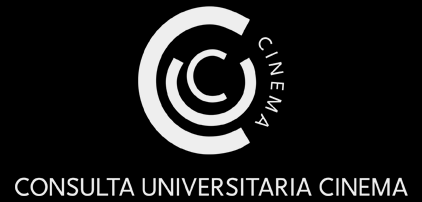Coerentemente con le specifiche tematiche e i cluster strategici legati all’ambiente, il progetto SAFE mira a rispondere a domande di ricerca sulla sostenibilità delle infrastrutture italiane di conservazione dei film, tra archiviazione e implementazione delle tecnologie digitali, per mappare le politiche di curatela e di stewardship, quindi la gestione responsabile del patrimonio attuale e futuro. Dall’inizio degli anni Novanta, si è delineata una scienza della conservazione avanzata (Nishimura 1993; Gamma Group2000; Nissen et al. 2002) e nell’ultimo decennio si è assistito alla costruzione di nuovi depositi e centri di conservazione all’avanguardia in tutta Europa (Venturini 2022). La crescente quantità di oggetti digitali e l’obsolescenza dei formati analogici, determinata dal mercato, ha obbligato a prestare sempre più attenzione alla digitalizzazione e all’accesso digitale dei materiali cinematografici sia analogici che digitali (Edmondson 2016; Prentice, Gaustad 2017).
Inoltre, diversi studi di settore hanno recentemente messo in evidenza la gestione delle collezioni cinematografiche in termini di sostenibilità delle pratiche di circolazione dei contenuti (Cherchi Usai 2020; Fossati 2021). Concentrandosi sulla sostenibilità del patrimonio cinematografico italiano non fiction, un corpus specifico e coerente di archivi cinematografici, SAFE ha tre obiettivi principali: valutare la sostenibilità infrastrutturale complessiva dei depositi e dei centri di conservazione; censire la conservazione digitale del cinema; raccogliere e condividere strategie di stewardship, per ripensare una curatela e una narrazione sostenibili. Un accesso aperto e inclusivo a un concetto più ampio e sostenibile di patrimonio cinematografico e storia del cinema, per scambiare e condividere conoscenze archivistiche, storiche e scientifiche in un quadro etico, transnazionale e transculturale.
Media sustainability is a key-concern for academic studies. The field has benefited from several materialistic and critical theoretical frameworks, and the screen industry is adopting specific regulations, policies, and practices to ensure a proper environmental management of the media sector (Kääpä, Vaughan 2022). In contrast, inadequate attention has been given to the film heritage field. Coherently with specific environmental related strategic emergent topics and clusters, the SAFE project aims at answering research questions on the sustainability of Italian film preservation infrastructures, between archiving and implementation of digital technologies, to map the policies for curatorship and stewardship, thus the responsible care and management of current and future heritage resources.
During the twentieth century, film archivists learned how to deal with film preservation. Since the early 1990s has arisen an advanced conservation science (Nishimura 1993; Gamma Group 2000; Nissen et al. 2002) and the last decade has seen a growth in the building of new state-of-the-art film storage vaults and preservation centres across Europe (Venturini 2022). The growing amounts of digital objects and the market-driven obsolescence of carrier-based formats has obliged more and more attention to be paid to digitization, digital preservation standard, and digital access of both analog- and digital-born film materials (Edmondson 2016; Prentice, Gaustad 2017).
Furthermore, the literature has recently pointed out the stewardship of film collection in terms of sustainability of contents’ exhibition and circulation practices (Cherchi Usai 2020). Indeed, a re-thinking of the proliferation and accumulation of images may raise questions on the cultural and ethical sustainability of visual ecologies.
While the new cinema history and the international film archiving community are giving more and more attention to the less explored areas of archives (FIAF 2022). The emergence of new documentary phenomenologies has outlined, also in Italy, the flourishing of niches of considerable interest (industrial, amateur, family, military, scientific, local cinema, etc.) and has led to new archival instances that are redefining the maps of Italian film archives.
Focusing on the sustainability of non-theatrical, non-feature, non-fiction Italian film heritage and having in mind a specific and coherent corpus of film archives, SAFE has three main aims: assessing the overall infrastructural sustainability of storage vaults and preservation centres; surveying the film digital preservation; collect and share stewardship strategies, to re-think a sustainable curatorship and storytelling. An open, inclusive access to a broader and sustainable concept of film heritage and cinema history, to exchange and share archival, historical and scientific knowledge within an ethical, transnational and transcultural framework.
Unità di ricerca
- Università degli Studi di Udine: Simone Venturini (Principal Investigator), Mariapia Comand, Andrea Mariani, Antonina Dattolo, Clément Lafite
- Università degli Studi della Tuscia: Rossella Catanese (responsabile), Federico Meschini
Settori Scientifico-Disciplinari coinvolti
- L-ART/06 -Cinema, fotografia e televisione
- INF/01 – Informatica
- M-STO/08 – Archivistica, bibliografia e biblioteconomia




